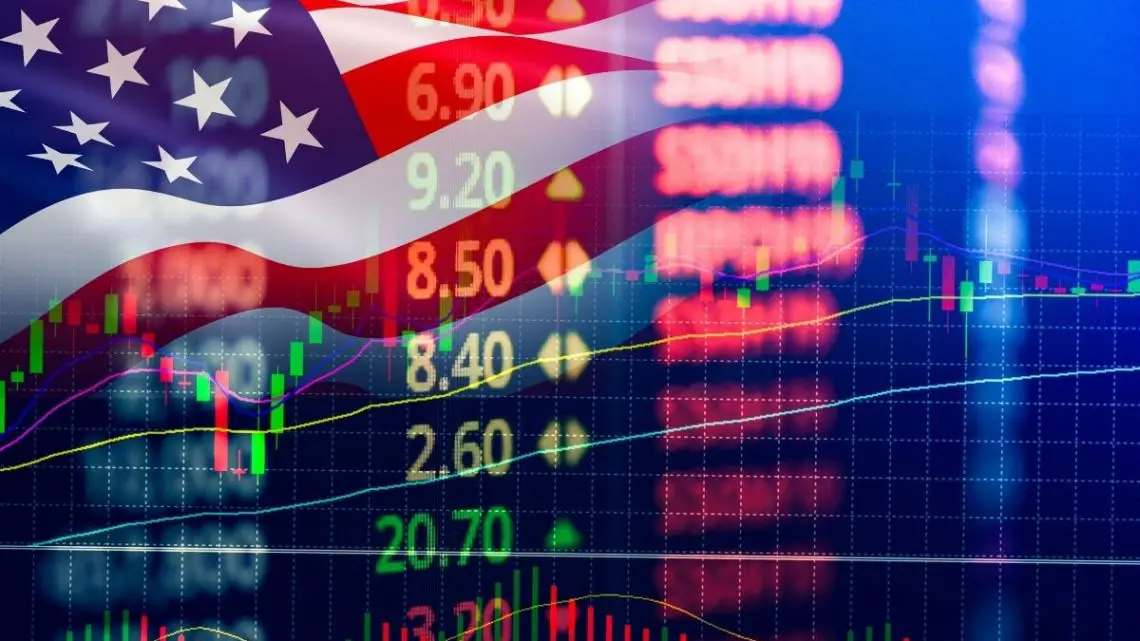
Shenzhen State Fuel Cell Corporation seeks $1 billion US listing
May 5, 2022The Chinese company has its eye on a SPAC merger to achieve its NASDAQ debut goal.
The Shinzhen State Fuel Cell Corporation (SFCC) is aiming for an early debut on the NASDAQ in 2023, through a SPAC merger that would spike its valuation to $1 billion following its listing.
The company is working on becoming one of a growing number of zero emission car company with an IPO.
At the time of the writing of this article, the SFCC hadn’t disclosed the name of the company with which it was seeking to merge. That said, if it should do so, the hydrogen fuel cell corporation would become the latest among many electric vehicle companies to seek a faster path to an IPO.
The possible merger has arrived at a time when firms taking the SPAC route are experiencing a growing amount of US scrutiny, since many electric vehicle companies that have had their IPOs in the last couple of years haven’t performed very well. This has caused the US Securities and Exchange Commission (SEC) to launch investigations into allegations of having mislead shareholders.

Among the companies that have found themselves downgrading their projections and plans after having faced allegations of misleading investors with unrealistic forecasts include Lordstown Motors, Faraday Future, and Nikola.
The SEC has proposed new deal monitoring guidelines for the EV and hydrogen fuel vehicle deals.
The SFCC is a provider of H2 systems for commercial vehicles produced by a number of different Chinese firms. It said that it anticipates that it will experience a considerable increase in revenue by the close of 2022. The company and local governments are working together to establish the necessary refueling stations for commercial vehicles.
Though zero emission vehicles are becoming increasingly popular around the world, when it comes to passenger vehicles, fuel cell options aren’t taking off nearly as fast as battery electric alternatives. That said, as H2 refueling infrastructure builds, many expect that this fuel will start taking off in vehicles such as trucks, buses, trains, planes, and heavy-duty equipment, among other applications.
In China – the largest H2 producer in the world – fuel cell vehicles are becoming much more popular, as is the case in Japan and South Korea. China is aiming to have 1 million of them on the road by 2035.



 With over 15 years of reporting hydrogen news, we are your premier source for the latest updates and insights in hydrogen and renewable energy.
With over 15 years of reporting hydrogen news, we are your premier source for the latest updates and insights in hydrogen and renewable energy.